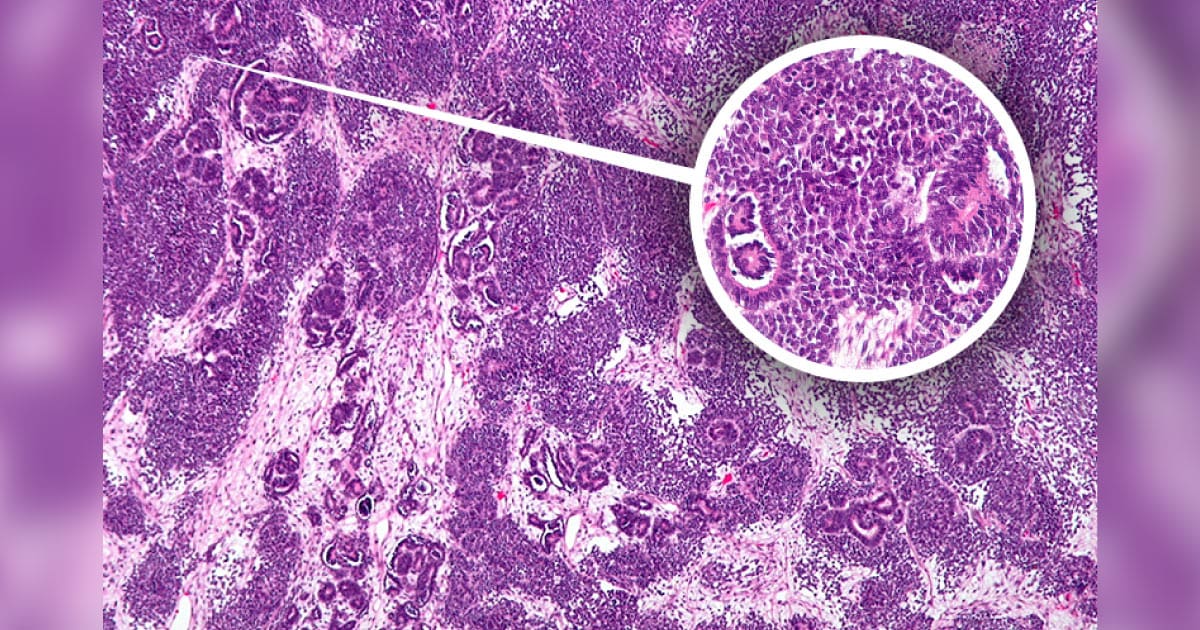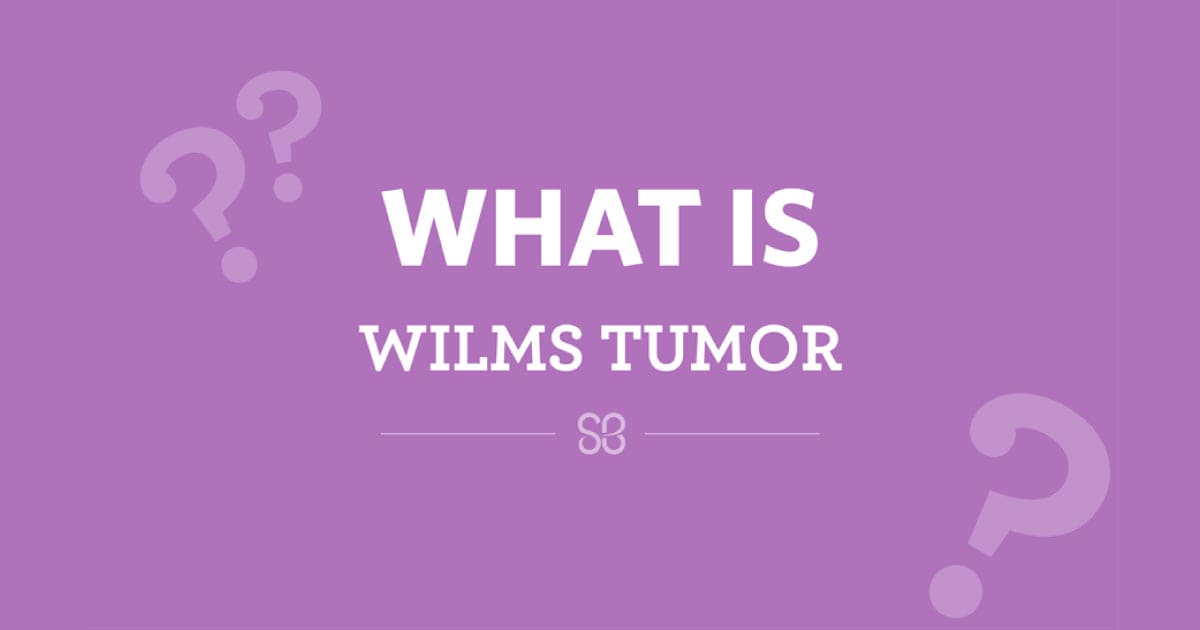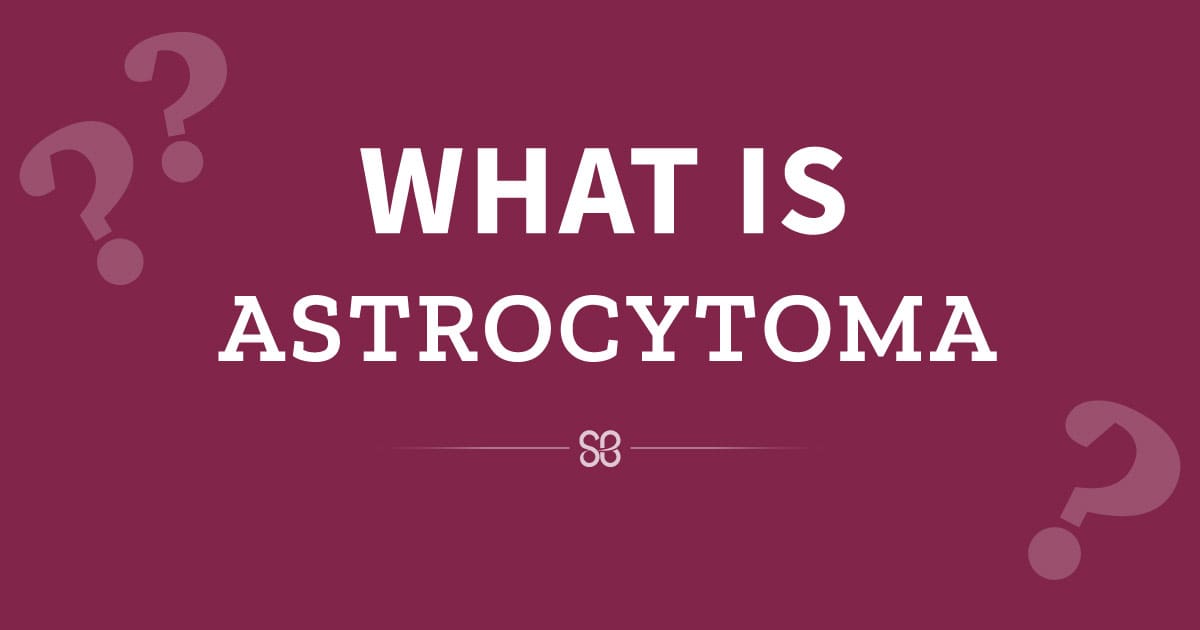What is Wilms Tumor?
Wilms tumor is a type of kidney cancer that primarily affects children. It is one of the most common childhood cancers, with about 500 new cases diagnosed each year in the United States. Named after German surgeon Max Wilms, who discovered it in 1899, this cancer typically develops in children under the age of 5. While Wilms tumor is the most prevalent kidney cancer in children, other rare types of pediatric kidney cancers include clear cell sarcoma, malignant rhabdoid tumor, and renal cell carcinoma.
Signs and Symptoms of Wilms Tumor
Early signs of Wilms tumor can be subtle and easy to miss. The most common symptom is a firm, painless mass in the abdomen. Other symptoms may include:
- Abdominal pain
- Blood in the urine
- High blood pressure (often detected during routine doctor visits)
Because this tumor grows slowly, it is usually large by the time it is diagnosed. Parents are encouraged to consult a pediatrician if they notice any unusual swelling or discomfort in their child’s belly.

Wilms tumor cell as seen in the kidney.
Treatment Options for Wilms Tumor in Children
Treatment is highly effective and carefully tailored to each child based on factors such as age, tumor stage, histology (microscopic appearance), and genetic features of the tumor cells. Below are the main treatment options:
Tumor Staging for Wilms Tumor
Wilms tumors are staged from I to V, depending on how far the cancer has spread:
- Stage I: The tumor is confined to the kidney and completely removed.
- Stage II: The tumor has spread beyond the kidney but is completely removed.
- Stage III: Tumor cells remain in the abdomen or are found in nearby lymph nodes after surgery.
- Stage IV: The tumor has spread to distant organs, often the lungs.
- Stage V: Tumors are present in both kidneys (bilateral Wilms tumor).
Types of Treatment
- Surgery
Surgery is often the first step in treatment. The goal is to remove the tumor entirely, either before or after additional therapies. - Chemotherapy
Wilms tumors respond well to chemotherapy. -
- Stage I or II (Favorable Histology): Treated with two drugs, vincristine and dactinomycin.
- Stage III, IV, or V (Favorable Histology): A third drug, doxorubicin, is added.
- Anaplastic Histology: Requires additional drugs due to its more aggressive nature.
- Radiation Therapy
Children with Stage III or IV Wilms tumor often benefit from radiation therapy alongside chemotherapy to ensure better outcomes.
Research Advancements in Treatment
Thanks to decades of research, survival rates for Wilms tumor now exceed 90%. However, researchers continue to focus on improving outcomes and minimizing long-term side effects of treatment. Current research efforts include:
- Developing therapies with fewer side effects
- Identifying tumor features that predict relapse
- Discovering effective treatments for relapsed tumors
- Finding new therapies for rare types of childhood kidney cancer
The Children’s Oncology Group (COG) has led groundbreaking international research studies that have enhanced survival rates and reduced the need for intensive treatments in some cases. For instance, studies showed that surgery alone can be effective for certain patients, sparing them from chemotherapy.
Join the Fight Against Childhood Cancer
Wilms tumor research has made incredible progress, but there’s still more to do. Every child deserves a chance at a healthy future. Help kids with cancer by supporting life-saving research and better treatments.
Donate today and help #DefeatChildhoodCancer!
Make a Donation
Learn from one of our Honored Kids about his journey with Wilms tumor:
Research Outcomes: Fighting Cancer & Helping Survivors



